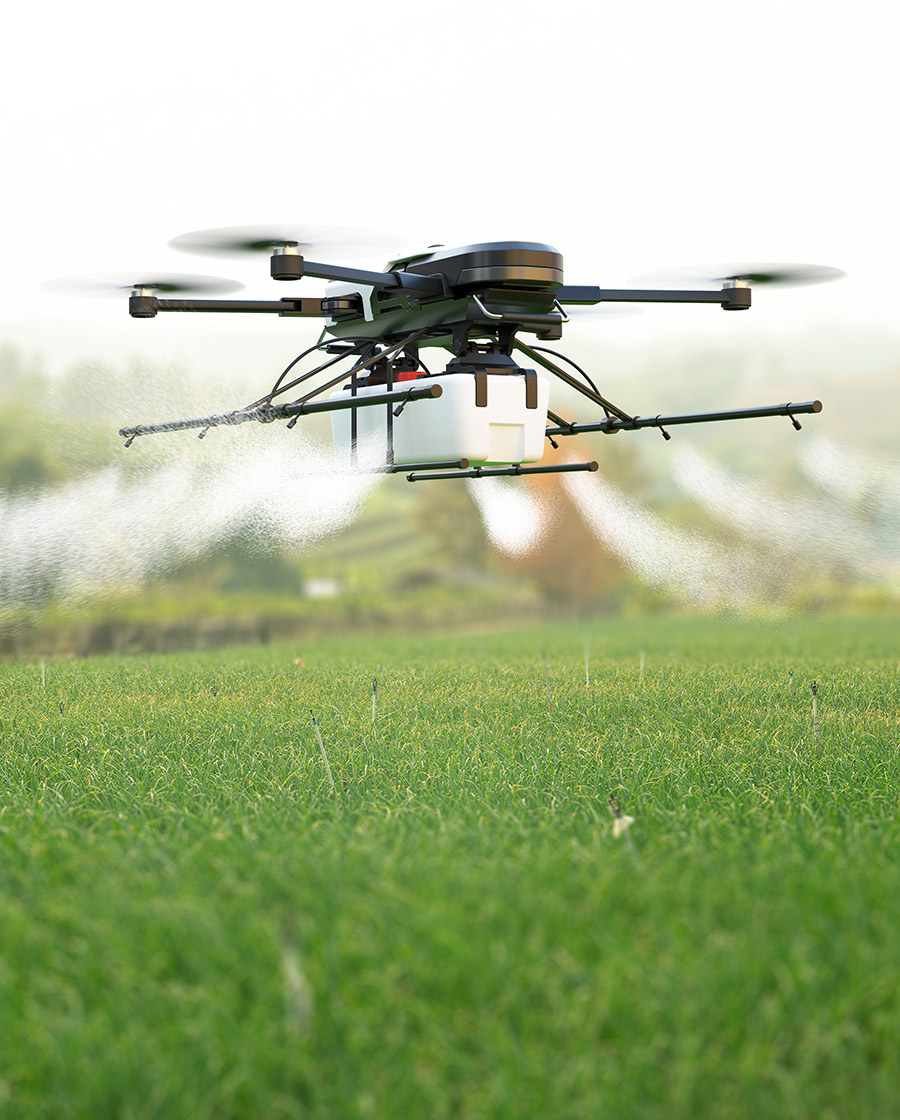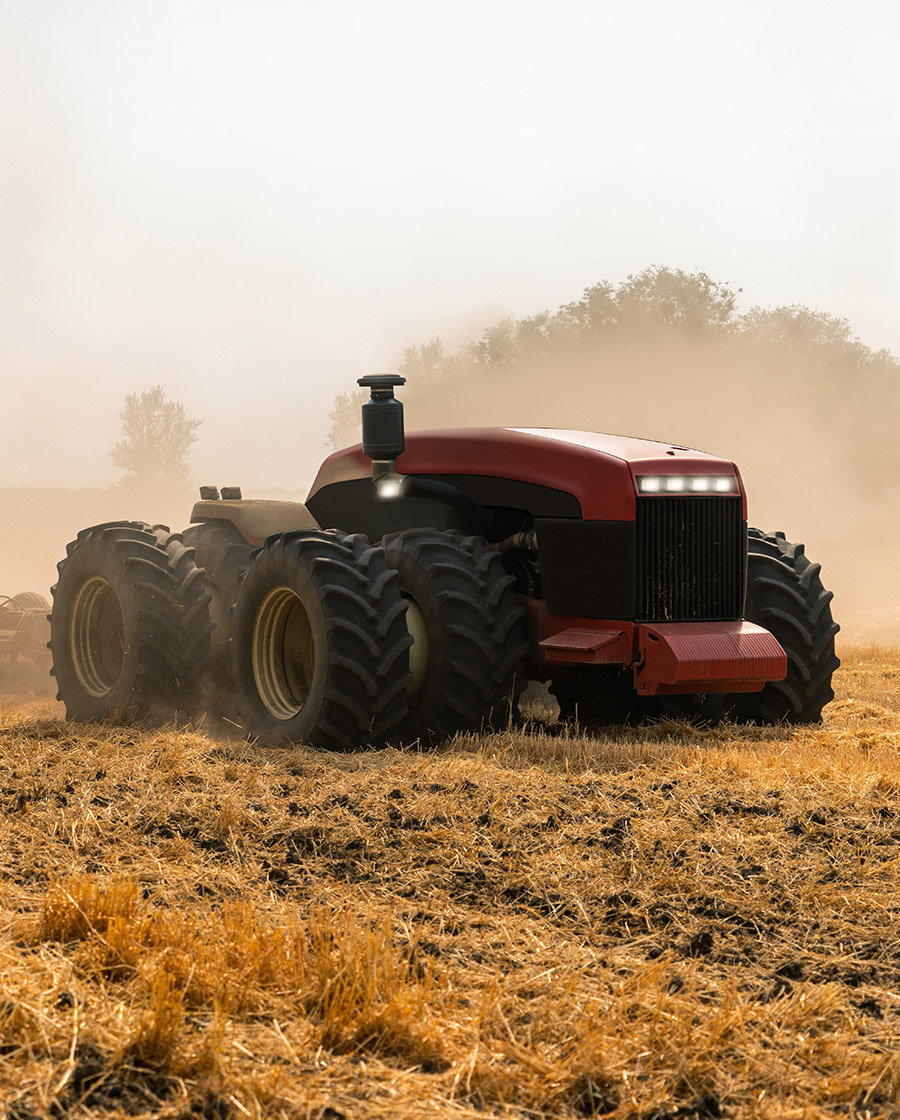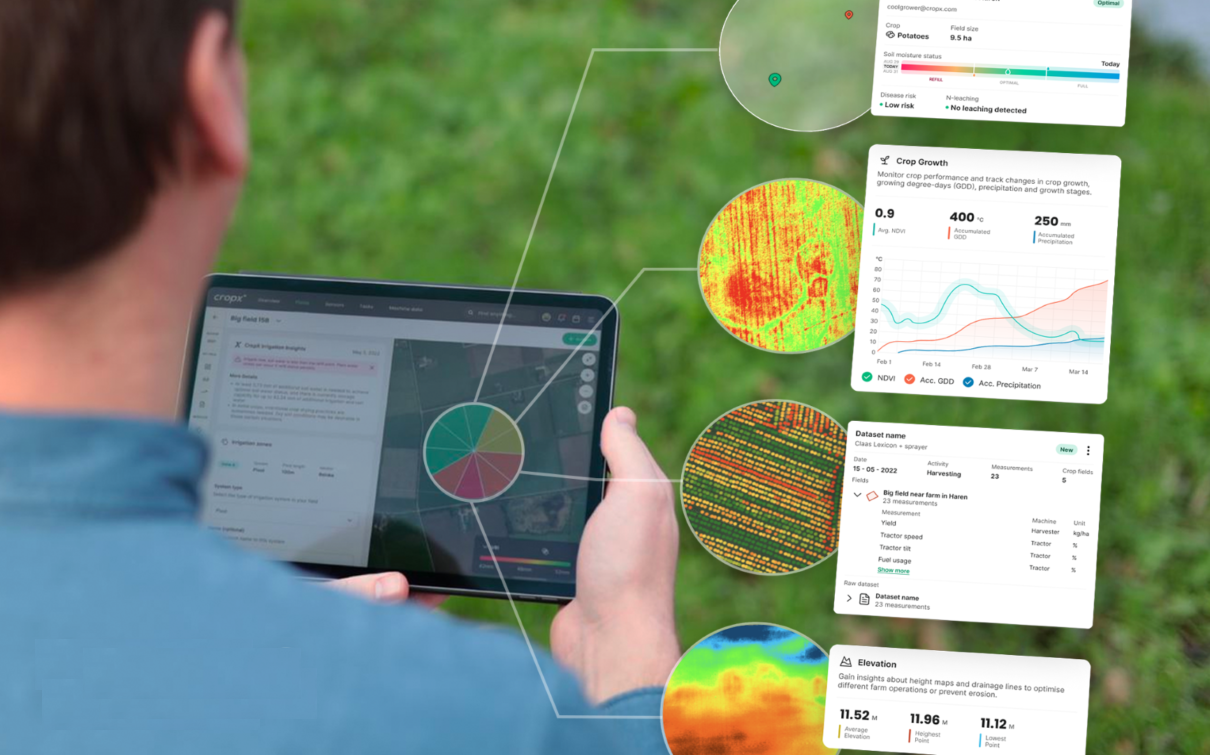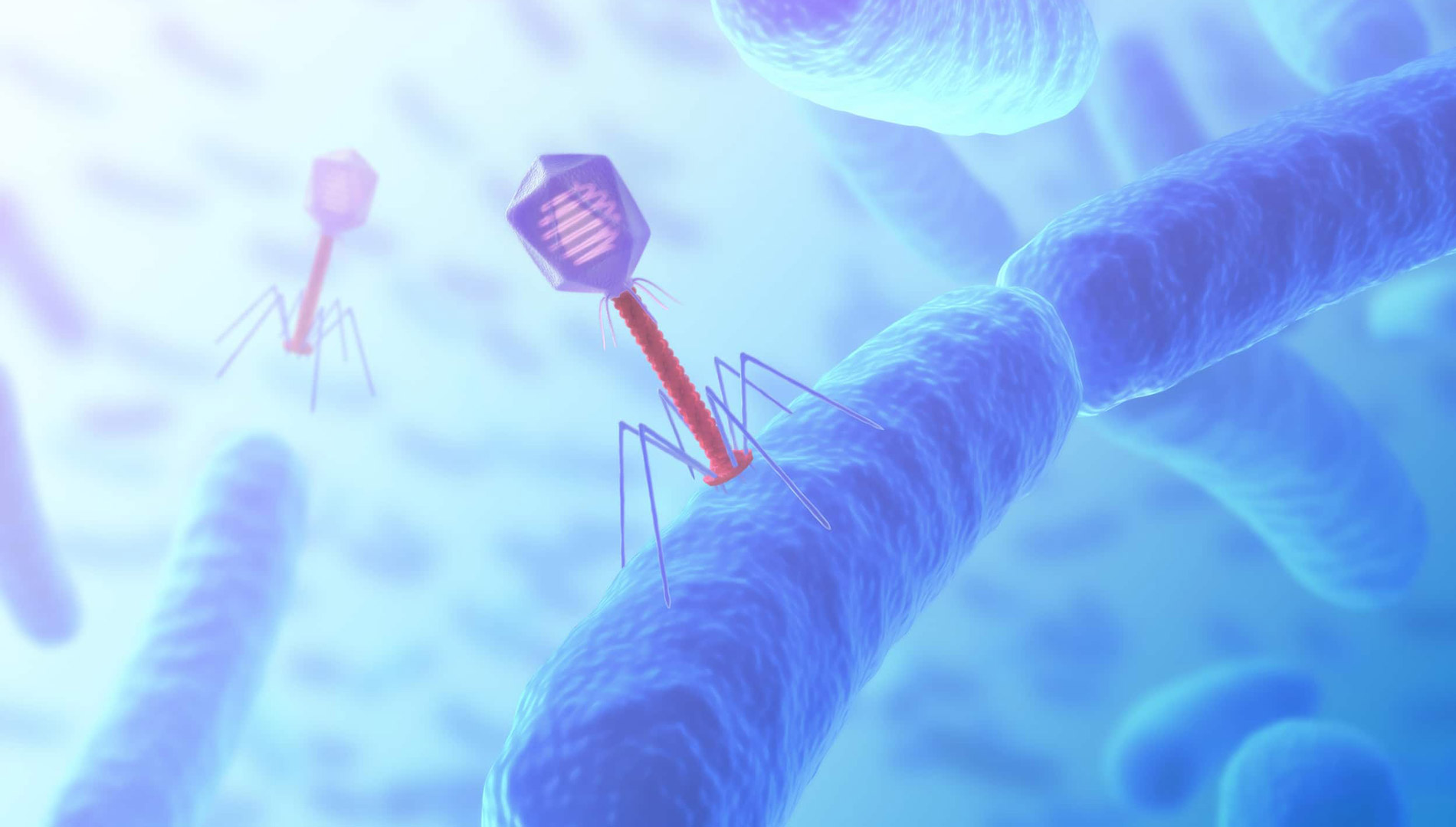Earth Data
Act now, and we can put it right
If you want more information, please contact us at info@newtreeimpact.com
Increasing World Population (in Billions)
Growing population at such a staggering rate can be seen as the root cause of many problems arising today or threaten to arise in near future. The population is expected to rise by 25% from 7.8 Billion in 2020 to 9.7 Billion in 2050, a rate which is highly unprecedented when compared with survival drivers like arable land, natural resources, etc.
CO2 emissions (K gigatonnes CO2 equivalent/yr)
In the time of crisis, when the world comes at a stop the CO2 emissions goes down (like in 2008 & 2019 Covid), but as soon as things get back to normal, those emissions starts increasing multifold. As we all know, CO2 acts as a greenhouse gas and can absorb & emit infrared radiation. The constant check to keep CO2 emissions at lowest, is one of the major driver in dealing with the climate change.
Per Capita Meat production (Kg/Y)
Production of a single ounce of meat requires significant amount of natural resources and also has to handle the methane gas emission from Cows (20% of total methane gas emission). Reduced per capita meat production, between 2018 & 2020, a decline of about 5.7% was likely because of an outbreak of African swine fever in China that reduced the pork supply.
Ruminant Livestock Numbers (billion individuals)
Never have we seen the world ruminant livestock numbers soaring past 4 billion, which represents much more mass than all human and animals combined. We can agree that although these are important source of protein & livelihood, but they are also a significant contributor to environmental challenges like methane and CO2 emissions, deforestation & water usage.
Global Monthly Mean CH4 (CH4 ppb)
One of the most dangerous GHG, Methane, set new year-to-date records for atmospheric concentration for years 2020 and 2021. Methane traps 86 times more heat in the atmosphere that CO2 and 20% of planet warning can be contributed to Methane. All five of the hottest years on record has happened since 2015, which shows the direct relation between the earth's temperature & GHGs.
Global tree cover loss (MHa/Y)
World lost 1.6 million hectares of undisturbed forest land last year (2020), up 7% of 2019, according to the Global Forest Watch. Losses in the tropics have now increased for two years in a row, driven mostly by forest clearance for agriculture. The EU and UK government are considering using trade deals and regulations to apply pressure on countries such as Brazil (most forest loss in 2019-2020) to curb deforestation.
Energy Consumption (Exajoules/yr)
Fossil fuel energy consumption has decreased since 2019 (COVID-19). However, these declines appear to be transient and projected to rise again from 2021. Conversely, solar and wind power consumption increased by 57% from 2018 to 2021, but it's still 19 times lower than fossil fuel. Although we can see the increasing trend in Solar/Wind energy, the rate of increase for other conventional fossil fuels energy sources is comparatively higher.
Agri-tech
Sustainable solutions to feed the planet
Intro
If food has been the epicenter of mankind, then Agriculture is the backbone of it.
Agri-tech is the term alluding to the utilization of technological advancements in agri-business to make it more efficient, enhanced, and productive. This incorporates utilizing innovation to accomplish efficient Soil/air health, enhancing animal feeds, building a carbon offsetting environment and efficiently using less space to grow more, to name a few.

Why Agri-Tech
Agricultural industrialization and the concurrent focus on short-term productivity gains have created long-term sustainability issues that affect the environment, human health, and farm fertility.
These issues include pollution in the form of greenhouse gas (GHG) emissions and fertilizers, drought and water scarcity, food waste, and soil degradation.

Data speaks
Why Agri-tech ?
Global Food Industry Sales
Nb. of dietary servings/person/day
Want to see more data,
please click here.
Precision is key
Sub-sectors in focus
Soil/Air health
As food is the necessity for our nutrition, soil is responsible for providing nutrition to crops and yields. But in search for higher efficiency and untimely yield, different chemicals and overuse of fertilizers has been evident and could be seen resulting in destroying crop productivity and especially the productivity of the area/land in a long-term. The similar problem is posed by animal emitting methane gas into air, which not only affect the environment but also the agriculture. The solutions focused on these field, aim to neutralize or minimize these affects by using natural ingredients or technologies to capture gases.
Algae based feeds
We all are aware of what is algae, but we do not know how valuable those green sea plants are for the future of our planet and economy. Algae is rich in protein density (55%-70%), amino acids and fatty acids and are highly sustainable. And hence, entrepreneurs and companies are taking interest in cashing on this to include not only in our diet as a protein alternative but also as feeds for aquaculture, as it provides them with all the necessary nutrient needed for their growth.
Carbon Offsetting
Agricultural practices are responsible for 24% of total Greenhouse gas emissions. These emissions results from soil, farming machinery used and industrial agricultural practices. Although healthy soil plays a vital role in storing atmospheric carbon but along with this there are many marketplace solutions as well that contribute to offsetting carbon coming not only from farming but other sources as well.

Portfolio
Agri-Tech Investments
Investors
Want to join us on our mission to fight climate change through Agri-Food revolution and discuss our value proposition?
Entrepreneurs
We know taking the next big step is never easy, but if the goals are mutual, things do fall into place. Let’s discuss your idea!




